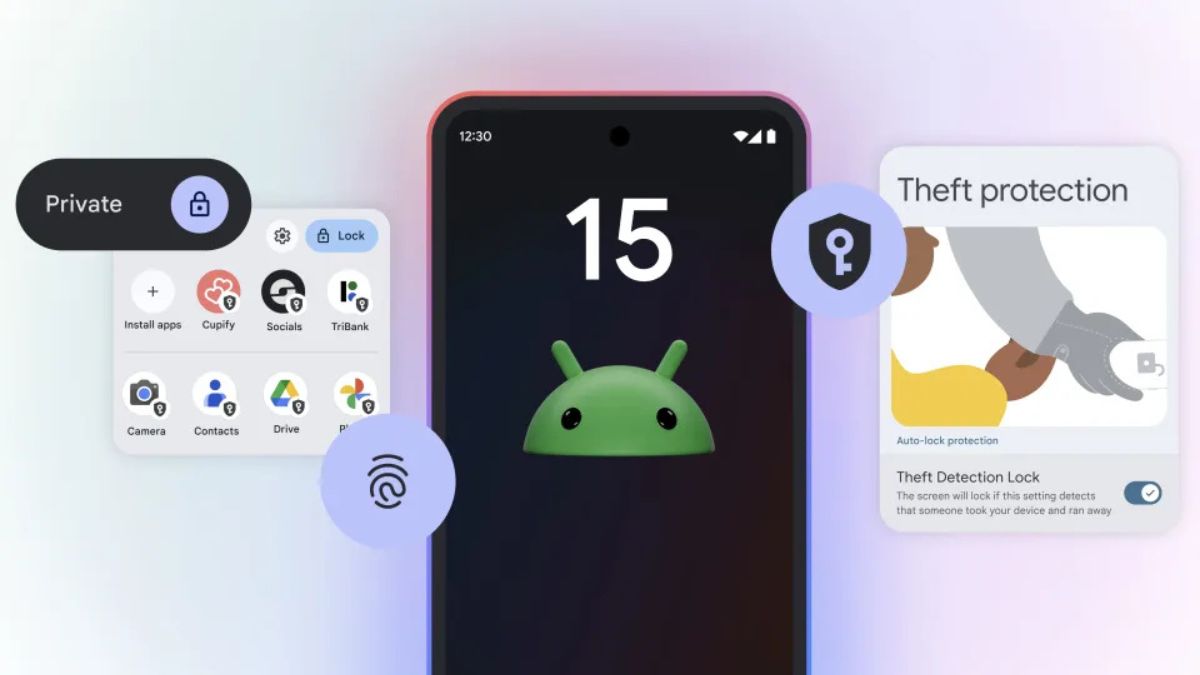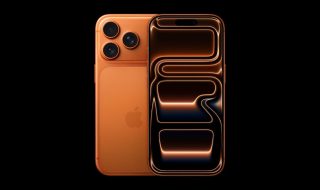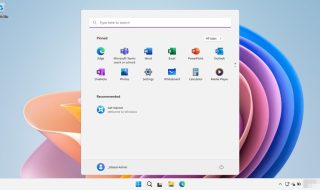Google is increasing the minimum storage requirement for Android phones. Starting with Android 15, devices must have at least 32GB of internal storage to be eligible for Google Mobile Services. This is double the 16GB minimum that was set back in Android 13.
Most Android phones today already come with 64GB or more, so this change will not impact many users. However, it may affect very affordable phones and basic devices, especially in developing markets.
The 32GB storage rule means that 75% of the space should be available for the operating system, pre-installed apps, and user data. Google hopes this change will improve the experience for users of low-end Android phones. With more space, users will be able to install more apps and updates without running into storage problems.
This change only applies to phones that want to use Google apps like the Play Store, Gmail, or YouTube. Google cannot stop companies from making phones with less than 32GB storage if they use the open-source version of Android (called AOSP). But without Google Mobile Services, those phones will not have access to core Google apps.
According to the report by Android Authority, Android 15 will also include other changes. Phones launching with Android 15 must allow users to share emergency contact info with emergency services during calls. Users can choose whether to allow this or not.
Android 15 also requires new processors to support Vulkan 1.3, the official graphics engine for Android. This should improve gaming performance and help older apps work using a tool called ANGLE, which converts older graphics instructions to modern ones.
For phones with lower memory, Android 15 has new rules too. Phones with 2GB or 3GB of RAM must use Android Go, which is a lighter version of Android. Phones with less than 2GB of RAM will not be allowed to use Google apps at all. In the future, even phones with 4GB of RAM may need to use Android Go.










